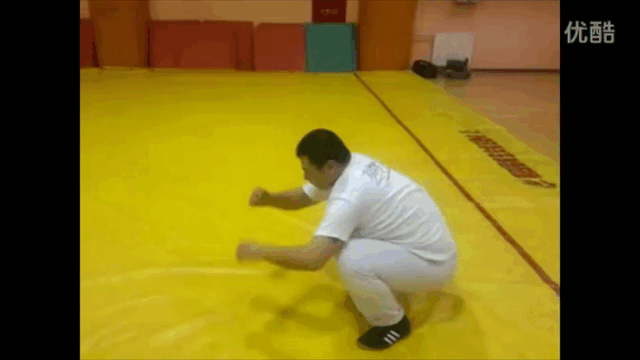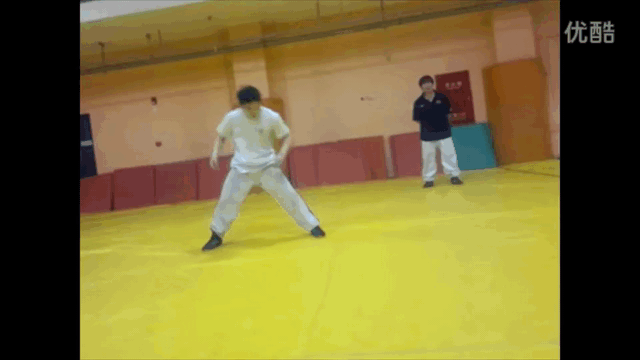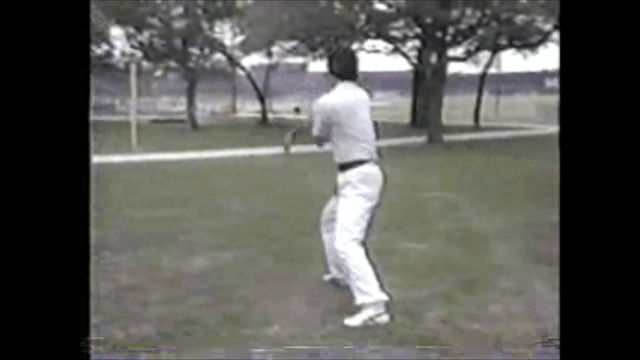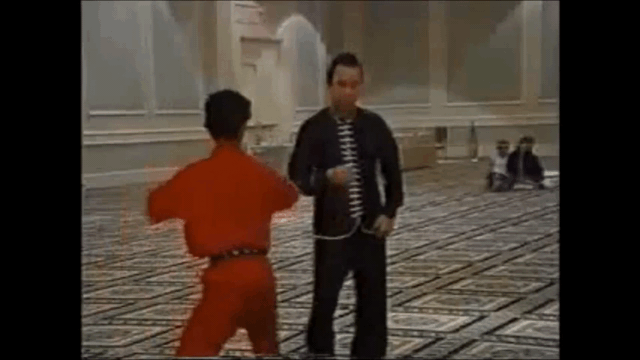Thanks all for the great responses, very helpful. I still see mixed stuff around, and I just stumbled onto this video which is sort of what i mean!
I really should have explained what I meant by exaggerated haha. I guess a stance that is pushed almost as long/deep as possible. So forward stance pushed really far is the thigh is parallel to the ground, whereas a shorter one would have a bit of of an angle in the thigh.
On this reddit thread they discuss the vid too with some insights...
Reddit - karate - Controversial thoughts on unhealthy karate stances
To keep the focus narrow I will speak to the two stances shown in the video.
As you mentioned in your OP I think, correct form and technique are paramount for a stance to be effective and work as intended without causing injury.
I wish the video had more than one angle and showed a perpendicular (straight on) shot of the stances. In the front stance shown he had his front foot Super loaded. I assume this was to allow him to hyper-extend the rear leg. From my experience this is Not good form for many reasons. I do think this could be a source of injury. It would be like stretching under weight. If a person is not adequately warmed up and flexible, it may cause injury.
I know it varies from style to style but I will use our front stance specifics as an example:
The feet are as wide or Slightly wider than your shoulders.
Draw a straight line on the floor that passes through the right foot. The back leg/foot will be two shoulder widths back on the line.
Your weight is evenly distributed 50/50 on both legs.
The front knee is bent. Looking at your front foot, you should just see your toes. A person's anatomy can affect this where some see more foot, some see less.
The knee of the back leg is pointed down, toward the floor.
Both feet are pointed forward.
When first starting to working out, getting the rear foot correct is tough for some people. Sometimes this is caused by the ankle itself being stiff and sometimes the calf is tight. Both are usually remedied pretty quickly.
A front stance oriented this way is very strong against a frontal attack and strong against angular attacks up to about
20-25 degrees off centerline from either side.
I see zero value in hyper-stretching a stance as shown in the video and Yes, I do think doing it the way shown could cause injury especially if doing drills and such where the leg/joints are going to be stressed in that position.
In kibi dachi (juchum seogi) the feet are two shoulder widths apart and the toes are pointed forward. I have read where medical experts say the knee should be in line with the foot but have read just as many articles that say it doesn't greatly matter within reason. It the toes were pointed inward for example the would greatly strain the tendons/ligaments that support the ankle.
In the video, his second horse (riding) stance posture (I forget what he called it) doesn't really make functional sense to me because as soon as you start turning the feet out like he was you loose all your leverage and can be easily knocked over. Some is ok, but not too much.
Think of how you set in a chair (in good posture). Back straight, knees bent, thigh close to parallel to the floor, feet pointed forward and as wide or a little wider than the shoulders. Hold your weight enough to remove the chair. Widen the feet a little more and this is the correct posture for juchum seogi (kibi dachi).
This is an incredibly strong stance from a side or angular attack. When a person gets acclimated to the stance, it is strong against a frontal attack. In regards to practicing the kibi dachi, it is excellent for strengthening all muscle groups in the legs and lower back.
We widen our horse stance slightly to create additional base. As with any type of conditioning, it takes most people time to get their body acclimated to these stances in the correct position. Then additional time to find their full strength in the stance. Especially for western culture they are not necessarily 'natural'.
I hope this answered the question.




